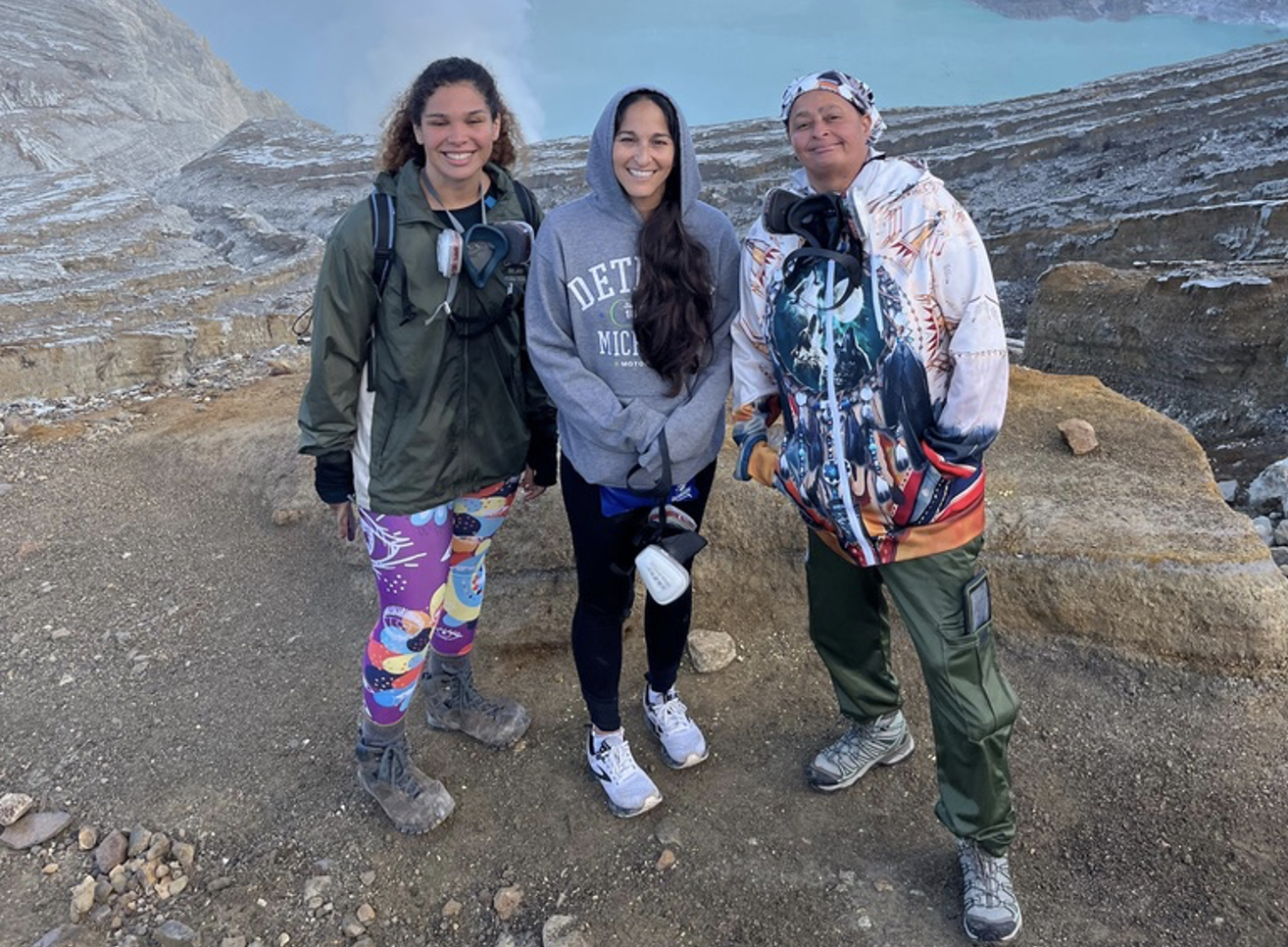
On the radio dial, the number of Spanish-language stations reached 1,323 in 2009, up 8 percent from 1,224 in fall 2008. The dominant player in the Hispanic radio landscape – Univision Radio – finished out 2010 owning 70 stations; it counts 21,700,000 cume listeners in a given week.
Despite the gains in traditional media, a digital divide still exists between Hispanics and non-Latinos.
According to the report, 55 percent of Latinos have a home internet connection, considerably less than the 75 percent of non-Hispanics and 65 percent of African-Americans with in-home access. It also found that 65 percent of Hispanic adults used the internet in 2010, compared to 66 percent of African-American adults and 77 percent of non-Latino adults.
Similarly, while 65 percent of non-Latinos and 52 percent of African-Americans have a broadband connection at home, only 45 percent of Hispanics have high-speed internet access from their homes.
Pew researchers concluded that digital media is still important to the Hispanic population, and access is growing.
The advertising dollars continue to flow.
Total advertising expenditures in the first six months of 2011 increased 3.2 percent from a year ago and finished the period at $71.5 billion, according to data from Kantar Media.
In the Hispanic media landscape, the only sector to post a loss during the first half of 2011 were Spanish-language newspapers, which saw advertising dollars decline 5.9 percent versus the same period last year. The biggest gain came from Spanish-language magazines, which saw a 29 percent increase in advertising dollars.
Spanish-language television saw a 1.7 percent increase in first-half spending as declines from telecommunications advertisers were offset by increased budgets from several financial service providers.
Not surprisingly, the internet – along with digital and social media – has become the next big growth area for marketers looking to reach Hispanics, with more and more clients realigning their budgets by moving television dollars to digital initiatives.




